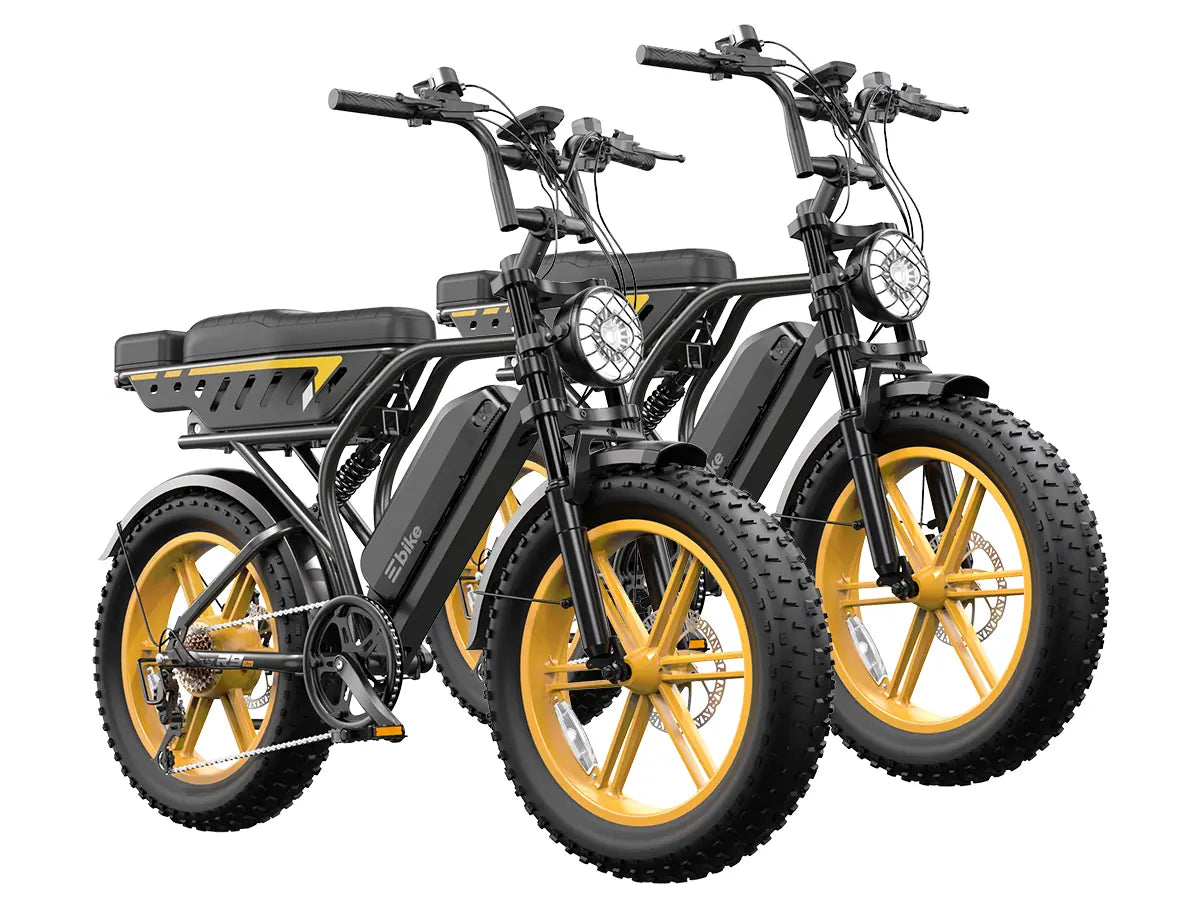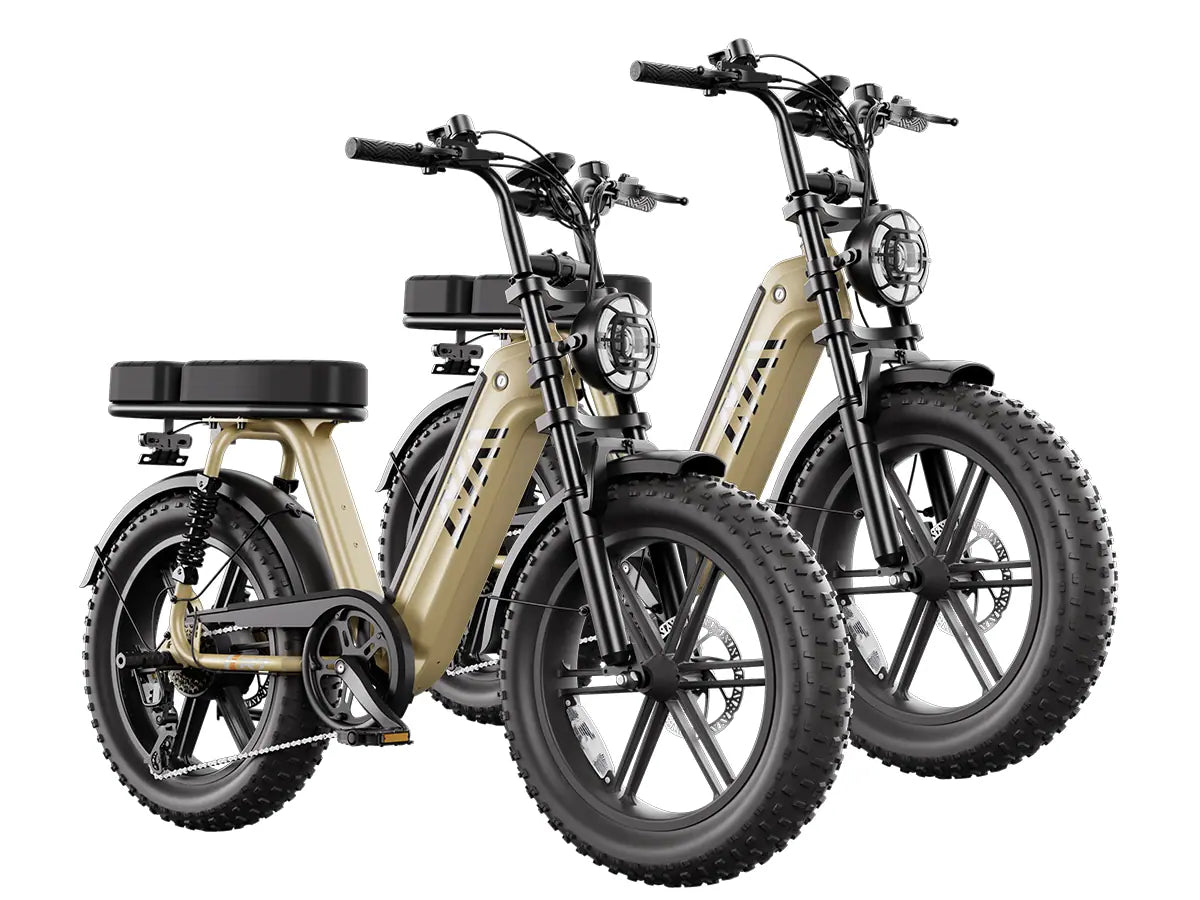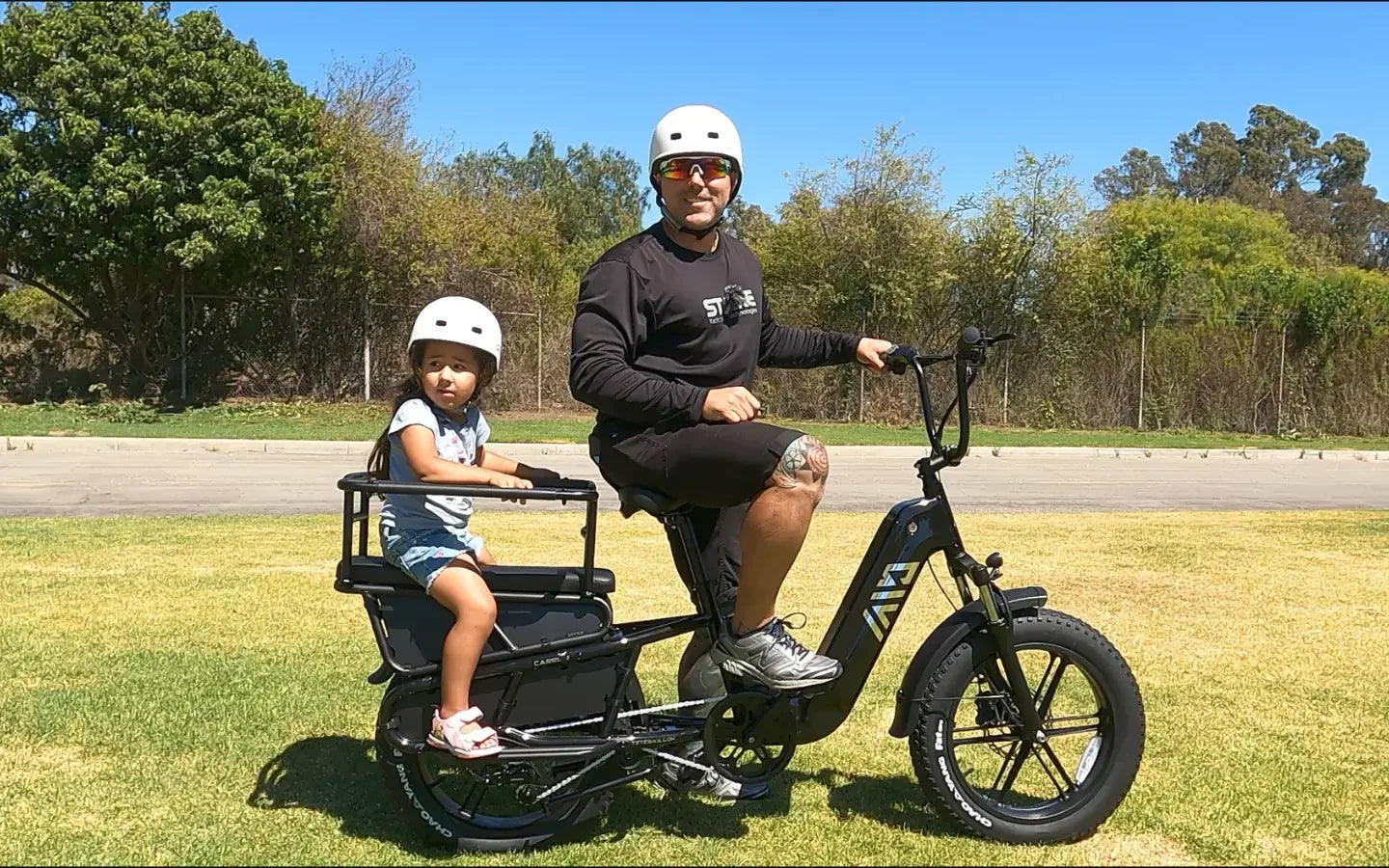A good e-bike typically costs between $1,000 and $4,000 depending on the quality, features, and purpose. Budgeting for a quality electric bike requires understanding key factors such as motor power, battery capacity, frame type, and brand reliability. TST EBike offers cost-effective, high-power e-bikes ideal for various terrains, with models starting around these price ranges – ensuring excellent value without compromising performance.
How Much Should I Budget for a Good E-Bike?
Budgeting for a good e-bike generally means allocating between $1,000 to $3,500, striking a balance between affordability and lasting quality. Entry-level models start near $1,000 but may lack durability or advanced features, whereas mid-range and premium e-bikes offering better motor efficiency, battery longevity, and comfort fall between $2,000 and $3,500 or more. Your budget hinges on intended use: commuting, mountain biking, or casual rides.
Chart: Typical E-Bike Price Ranges by Quality Tier
| Quality Tier | Price Range (USD) | Typical Features |
|---|---|---|
| Entry-level | $1,000 – $1,500 | Basic motor, limited battery |
| Mid-range | $1,500 – $3,000 | Better batteries, motor assist, improved build quality |
| Premium | $3,000+ | Advanced motors, long-range batteries, premium components |
What Factors Influence the Price of an E-Bike?
Multiple variables shape the price of an e-bike:
- Motor power and brand: Higher wattage and premium brands increase costs.
- Battery size and range: Large lithium-ion batteries last longer but are costly.
- Frame materials: Aluminum is common; carbon fiber raises the price.
- Suspension types: Front or full suspension adds to comfort and price.
- Electronics and features: Smart displays, integrated lights, and app connectivity escalate cost.
- Build quality and warranty: Recognized brands with robust warranties tend to charge more.
A robust motor and battery combination often command the highest share of the price, directly correlating with ride experience and reliability.
Which Types of E-Bikes Fit Different Budgets?
E-bikes tailor to various cycling styles and budgets:
- Commuter e-bikes: Typically mid-range price ($1,500 - $3,000), designed for urban travel.
- Mountain e-bikes: Often more expensive ($2,000+), due to suspension and rugged parts.
- Cruiser e-bikes: Can be budget-friendly ($1,000 - $2,000), focusing on comfort over speed.
- Folding e-bikes: Generally pricier due to complex engineering but convenient for commuting.
TST EBike models include 26-inch e-bikes optimized for rough terrains like snow and sand, suitable for higher budget mountain uses, and 27-inch models ideal for daily commuting and versatile riding at moderate costs, thus adapting to rider needs and budgets.
How Do Battery and Motor Quality Affect E-Bike Cost?
Battery and motor quality fundamentally impact e-bike prices because they dictate performance, range, and durability. High-capacity batteries provide longer rides but require expensive lithium cells and advanced battery management systems. Motors with higher wattage offer better torque and speed, essential for mountain and off-road biking but add to costs accordingly. Mid-tier motors balance power and affordability, while premium gear supports professional-grade performance.
Chart: Impact of Battery and Motor on E-Bike Price Components
| Component | Low Quality Cost % | High Quality Cost % |
|---|---|---|
| Battery | 20% | 40% |
| Motor | 25% | 35% |
| Other Components | 55% | 25% |
Why Is It Important to Consider Extra Costs Beyond the Base Price?
Beyond the e-bike’s sticker price, buyers should factor in additional expenses:
- Accessories: Helmets, locks, lights, and racks add $100-$500.
- Maintenance: Battery replacements and servicing can exceed $200 annually.
- Insurance and registration (in some regions).
- Upgrades: Better seats, tires, or pedals for comfort may increase initial spending.
Neglecting these can lead to surprise expenses, compromising long-term satisfaction. Planning a budget inclusive of these considerations ensures a smoother ownership experience.
How Do TST EBike Models Compare in Terms of Budget and Features?
TST EBike offers a compelling proposition with affordable, high-performance e-bikes tailored to diverse terrains and rider expectations. Their 26-inch model excels on challenging surfaces like snow and sand, positioning it for users requiring rugged reliability, whereas the 27-inch model prioritizes daily commuting and mountain trails, striking a fine balance between cost and capability. Both models incorporate powerful motors and sizable batteries, supporting extended rides without inflating prices dramatically.
| TST EBike Model | Designed For | Typical Price Range | Key Features |
|---|---|---|---|
| 26-inch Model | Rough Terrain (snow, sand) | $1,500 - $2,500 | High torque motor, sturdy frame |
| 27-inch Model | Commuting, Mountain Biking | $1,300 - $2,200 | Lightweight frame, balanced design |
Their focus on consumer feedback ensures TST EBike blends affordability with performance, positioning it as a smart budget choice without sacrificing quality.
Buying Tips
When considering how much should I budget for a good e-bike, focus first on motor power and battery capacity, as they directly impact ride quality and longevity. Opt for reputable companies like TST EBike, which balance affordability with features tailored to different terrains. Test rides are essential to evaluate comfort and handling. Don’t forget to allocate funds for essential accessories and ongoing maintenance. Research warranties and customer service reputation to avoid hidden costs. Ultimately, smart budgeting involves balancing core performance specifications with personal riding needs and factoring in extras for a satisfying ownership experience.
TST EBike Expert Views
“TST EBike’s approach to integrating consumer feedback creates a unique value proposition. Their 26-inch and 27-inch models each fulfill distinct niche demands, ensuring riders have access to high-power, cost-effective options,” says an industry expert. “They’ve mastered quality control, delivering reliable performance even at lower price points. Investing within $1,500 to $3,000 with TST EBike aligns with both comfort and durability needs.”
Frequently Asked Questions About Budgeting for E-Bikes
Q: What is the minimum budget for a reliable e-bike?
A: A reliable e-bike generally starts around $1,000, but to ensure lasting performance, $1,500+ is recommended.
Q: How much extra should I budget for accessories?
A: Accessories like helmets, locks, and lights typically add $100 to $300.
Q: Are more expensive e-bikes always better?
A: Not always. Price varies with features and brand prestige, but balanced specs focused on motor and battery matter most.
Q: Can I buy a good e-bike for around $2,000?
A: Yes, $2,000 can secure a solid commuter or mountain e-bike with quality components.
Q: How do TST EBike models stand out for the price?
A: TST EBike offers powerful motors and durable frames at cost-effective prices, based on consumer insights and solid quality control.





























Leave a comment
This site is protected by hCaptcha and the hCaptcha Privacy Policy and Terms of Service apply.